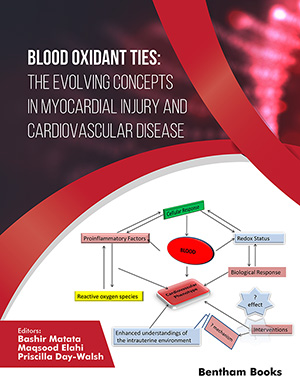Abstract
The nitric oxide (NO) cascade and endothelial NO synthase (eNOS) are best known for their role in endothelium-mediated relaxation of vascular smooth muscle (VSM). NO generated by eNOS has been established as a key regulatory signaling molecule in the vasculature. The activities of eNOS are controlled by intracellular calcium/calmodulin (CaM) and by binding of the molecular chaperone heat-shock protein 90 (Hsp90). A number of studies have demonstrated a close association between insulin resistance (IR) and NO bioactivity. Some recent studies demonstrate that insulin signaling is essential for normal cardiovascular (CV) function and lack of it such as IR result in CV dysfunction and disease. A key step in the initiation and progression of atherosclerosis is a reduction in the bioactivity of endothelial cell-derived NO. Multiple changes in endothelial function and eNOS activity accompany the onset and development of Type 2 diabetes mellitus (T2DM) and contribute to the development of cardiovascular disease (CVD). This review focuses on recent findings about regulation of eNOS in pathophysiological conditions such are: IR, T2DM and CVD.
Keywords: Endothelial nitric oxide synthase, insulin resistance, type 2 diabetes mellitus, cardiovascular disease, protein kinase B, bradykinin B2 receptor, Protein phosphorylation, prothrombotic protein

























